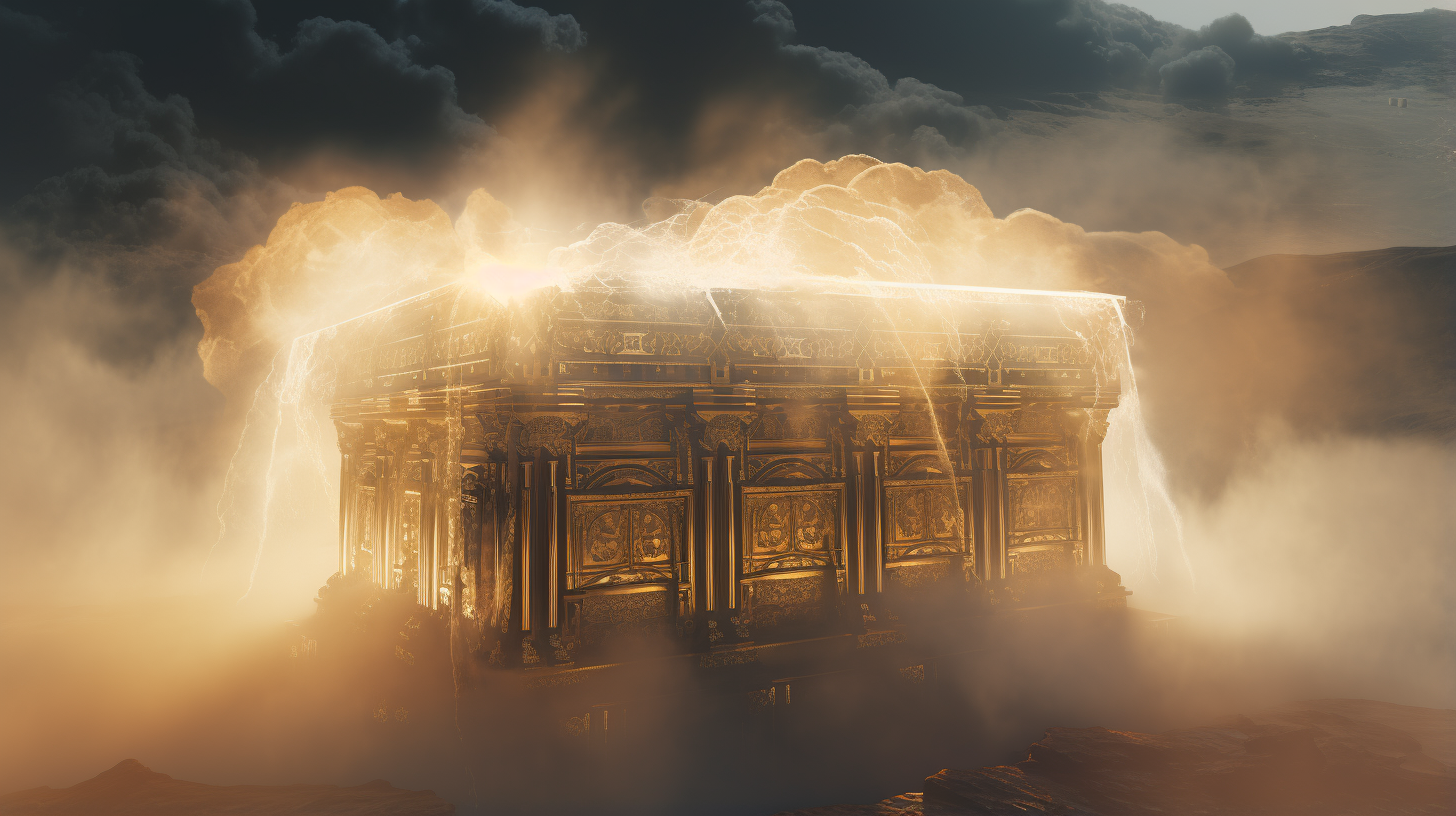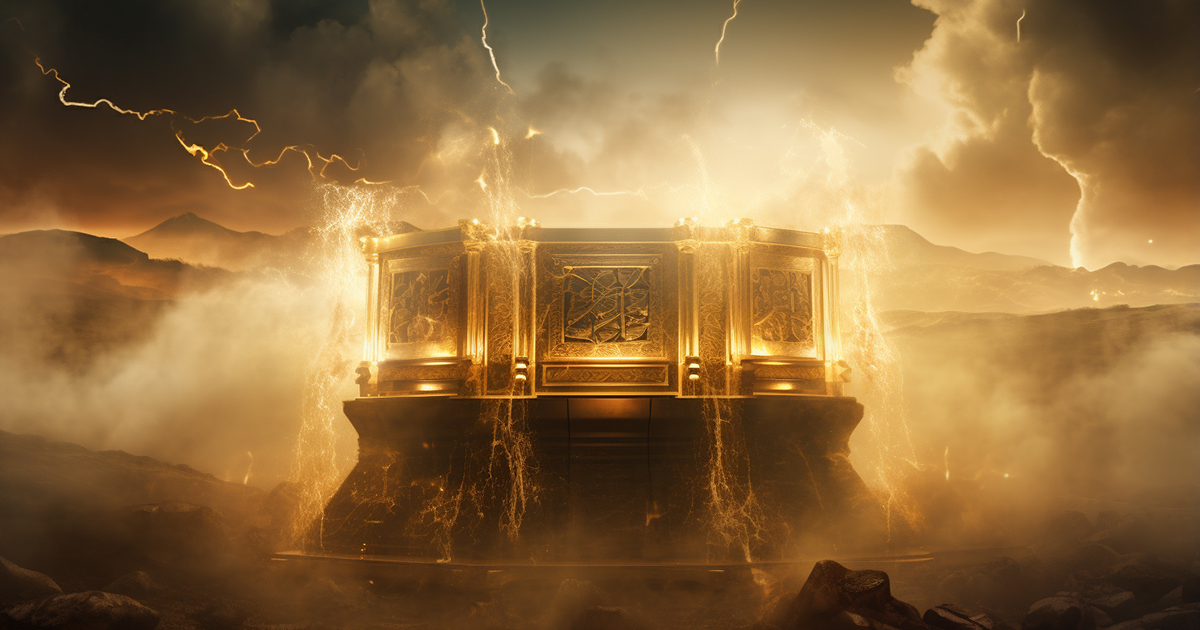The Ark of the Covenant, a sacred relic of profound significance in the Hebrew Bible, has long captured the imagination of scholars and enthusiasts alike. While we won’t delve into its portrayal in a certain popular television show, we are here to uncover the intriguing secrets surrounding this ancient artifact. From the biblical accounts to the puzzling theories proposed by ancient astronaut theorists, the Ark’s history is an enigmatic tale worth exploring.
The Ark, a sacred vessel that housed the tablets bearing the Ten Commandments, was entrusted to the Israelite priests. The chosen high priest, the brother of Moses, Aaron, bore the immense responsibility of its guardianship. The attire of these priests, as described in the Bible, was not merely ornamental but served as protective garb.
The high priest, in particular, had to don a robe, breastplate, miter, and a distinctive accessory – a rope tied around the leg. This seemingly unusual rope had a practical purpose: in case something went awry during their interaction with the Ark, and the priest met an untimely demise, no one would be allowed to retrieve their body due to the perceived fatal consequences.

Atop the Ark, two angelic figures were perched, and it was believed that the space between them was where God’s presence resided – a celestial meeting point where heaven and earth converged.
This space was known as the mercy seat, the place where God allegedly communicated with Levite priests. But was this presence truly divine, or could it have been something else entirely?
Enter the realm of ancient astronaut theorists, who have posited a remarkable theory about the Ark’s power. They suggest that it might have functioned as an electrical capacitor, a device capable of storing and transmitting energy.
The historical accounts surrounding the Ark have added fuel to their speculations. Stories of sparks and flames erupting from the Ark, accompanied by instant death upon contact, or claims that it could level cities, have fueled the theory that the Ark was, in fact, a colossal energy capacitor.
To grasp this theory, it’s essential to understand how capacitors work. They involve two conductors separated by an insulator. In the case of the Ark, the outer gold layer acted as a conductor, while the inner wall coated in gold served as the second electrode.
The wood in between acted as the insulator. Positive and negative charges were induced on these conductors using the cherubs. One cherub, attached to the outer side, carried a positive charge, while the other, connected to the inner side via a rod, bore a negative charge.
Now, when the Israelites claimed to have seen the presence of God between the cherubs, it raises a tantalizing question: Were they witnessing a representation of God, or was this “image of God” a result of the electrical phenomena within the Ark?
The descriptions of God in biblical accounts often involve smoke, fire, bright lights, and crackling noises – elements that align with what one might expect from arcs of electricity. Could it be that the Israelites’ visions were, in fact, manifestations of this electric energy?
Video:
The Ark of the Covenant continues to be a subject of fascination, as its mysteries persist through the ages. While we may never definitively resolve the debate between the sacred and the scientific, the enigmatic powers attributed to this ancient relic make it a captivating artifact that invites us to explore the boundaries between faith and reason, ancient beliefs and modern interpretations.

23 thoughts on “Unlocking the Mysteries of the Ark: Ancient Power and Enigmatic Experiences”
Comments are closed.